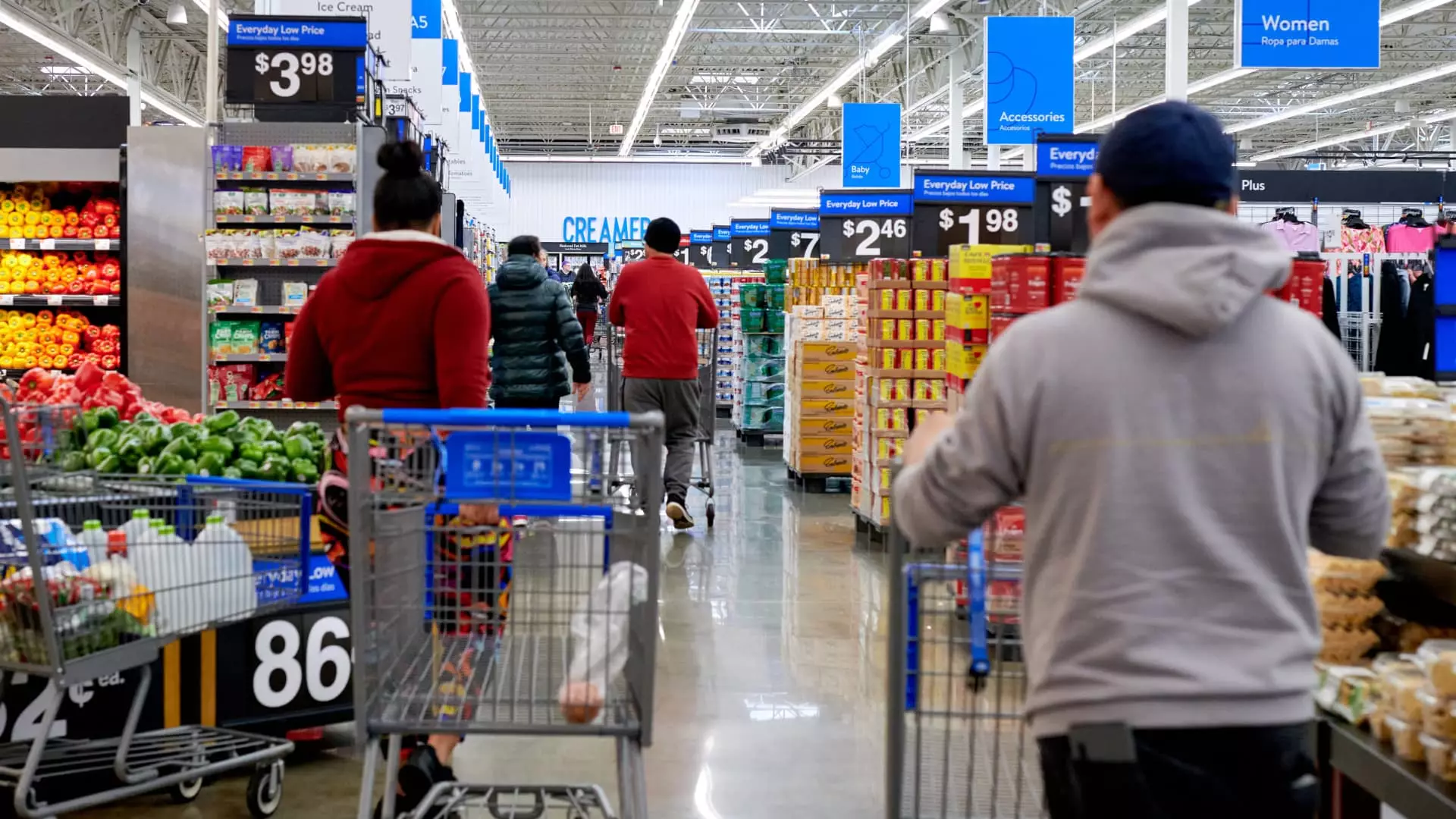The disconnect between the strong performance of the U.S. economy and the pessimistic sentiments of the population has finally shown signs of improvement. Economists are now observing a shift away from the prolonged negativity, which has been coined as the “vibecession.” According to Michael Pearce, deputy chief U.S. economist at Oxford Economics, as inflation rates decrease and the Federal Reserve plans to reduce interest rates, Americans are beginning to feel more positive about the future. This shift in consumer sentiment is in alignment with the country’s economic reality, marking a significant change in the overall outlook.
Despite the positive trend, it remains challenging to pinpoint the exact triggers for this change in mood. Pearce highlights the possibilities of the decrease in inflation rates and the Fed’s clear intentions to lower interest rates as potential factors influencing consumer confidence. The recent economic data, such as the rise in the personal consumption expenditures price index and the slight increase in the unemployment rate, has provided a favorable environment for the Federal Reserve to consider lowering benchmark rates.
Despite earlier concerns and predictions of a looming recession, the U.S. economy has managed to avoid a downturn. Jack Kleinhenz, chief economist at the National Retail Federation, emphasized that the U.S. economy is not showing signs of entering a recession and is instead approaching a soft landing with a gradual cooling of growth and inflation. The progress in managing inflation without significant implications on the labor market has led to what economists describe as a “Goldilocks” scenario, balancing growth and stability.
While there were widespread concerns about an impending recession, recent adjustments in economic forecasts suggest otherwise. Goldman Sachs revised the probability of an economic downturn from 25% to 20%, indicating growing confidence in the stability of the economy. The National Bureau of Economic Research defines a recession as a significant decline in economic activity spread across the economy for an extended period, and given the current economic indicators, the likelihood of such a scenario appears to be diminishing.
Looking ahead, economists acknowledge the unpredictability of economic cycles and the possibility of unforeseen disruptions. With the upcoming U.S. presidential election and the potential for significant policy changes, there remains a level of uncertainty that could impact the future economic landscape. Despite the recent positive developments, it is crucial to remain vigilant and prepared for any potential shifts in the overall economic trajectory.
Overall, the recent improvements in consumer sentiment, coupled with the stable economic indicators, paint a promising picture for the U.S. economy. While challenges and uncertainties persist, the current outlook suggests a gradual shift away from the pessimism that characterized the “vibecession.” By staying informed and adaptable, individuals and businesses can navigate the evolving economic landscape with confidence and resilience.

